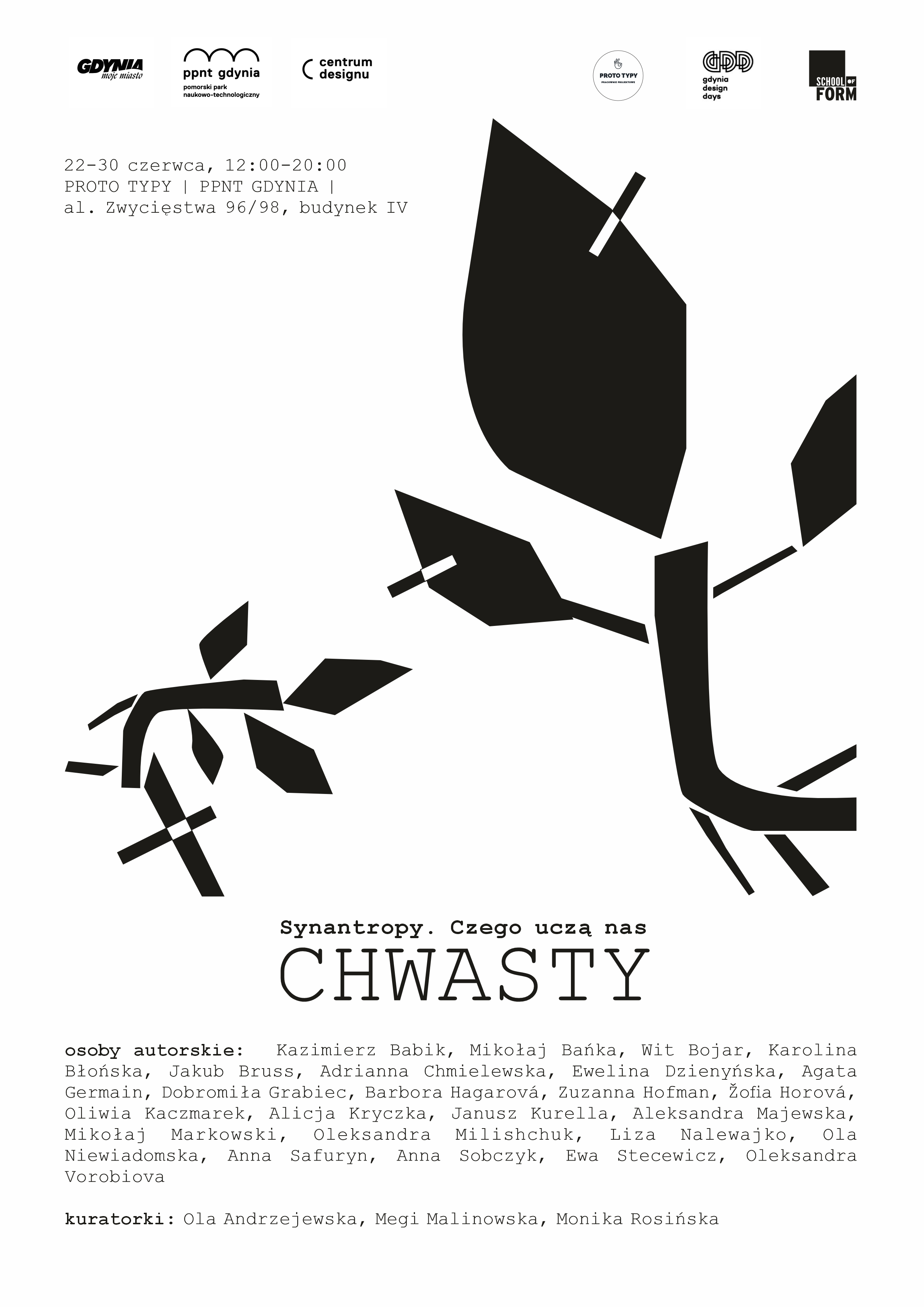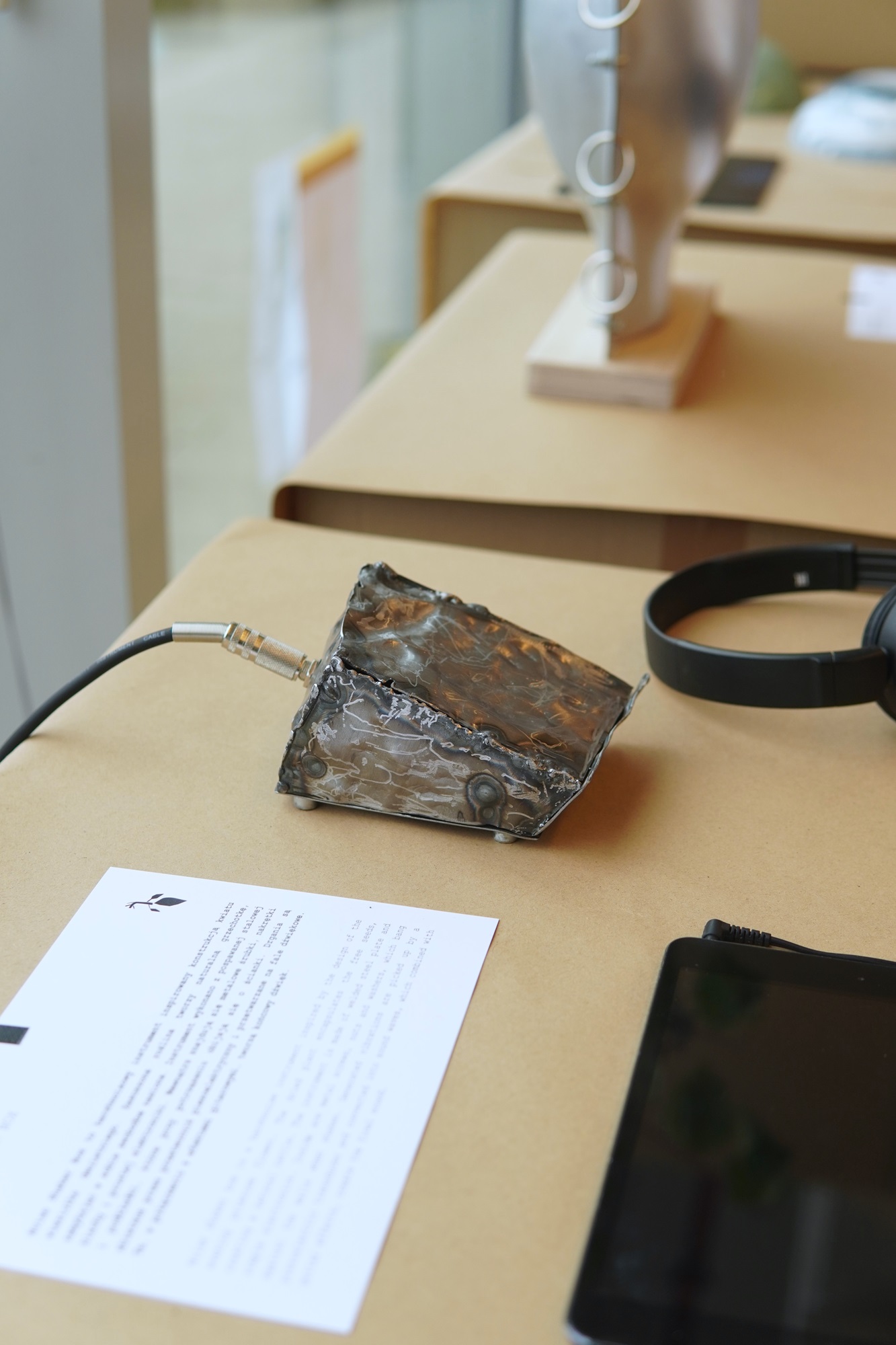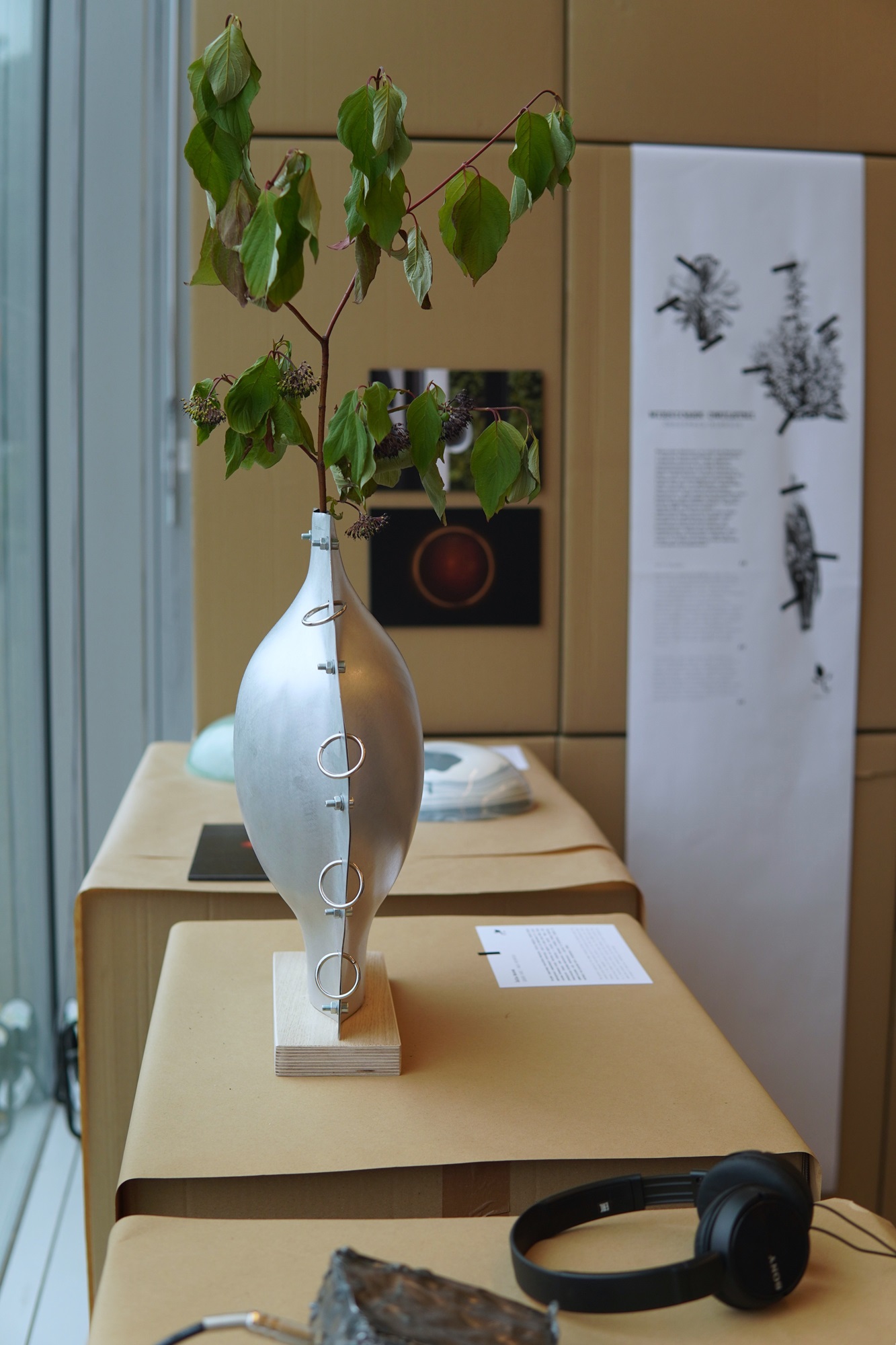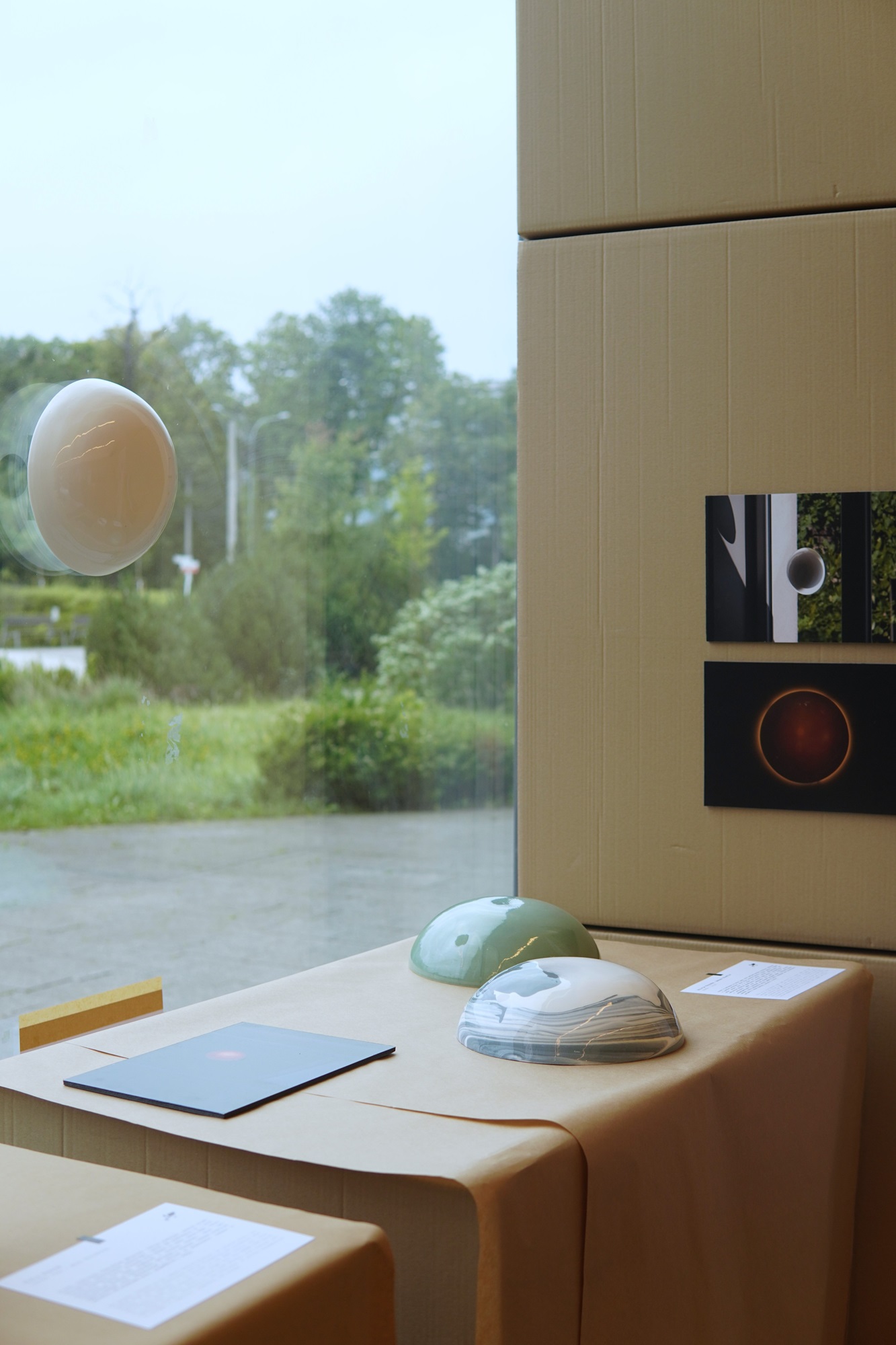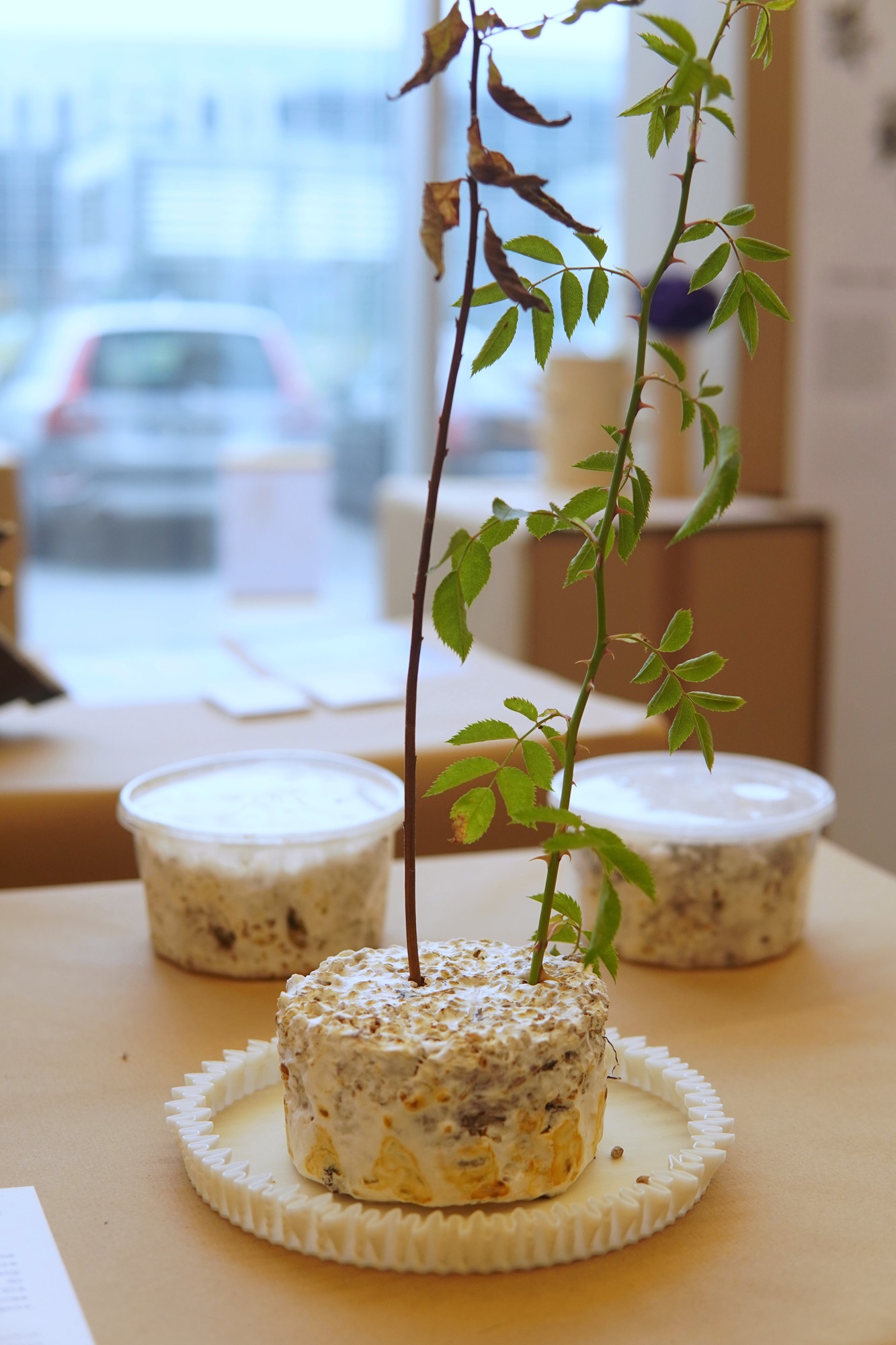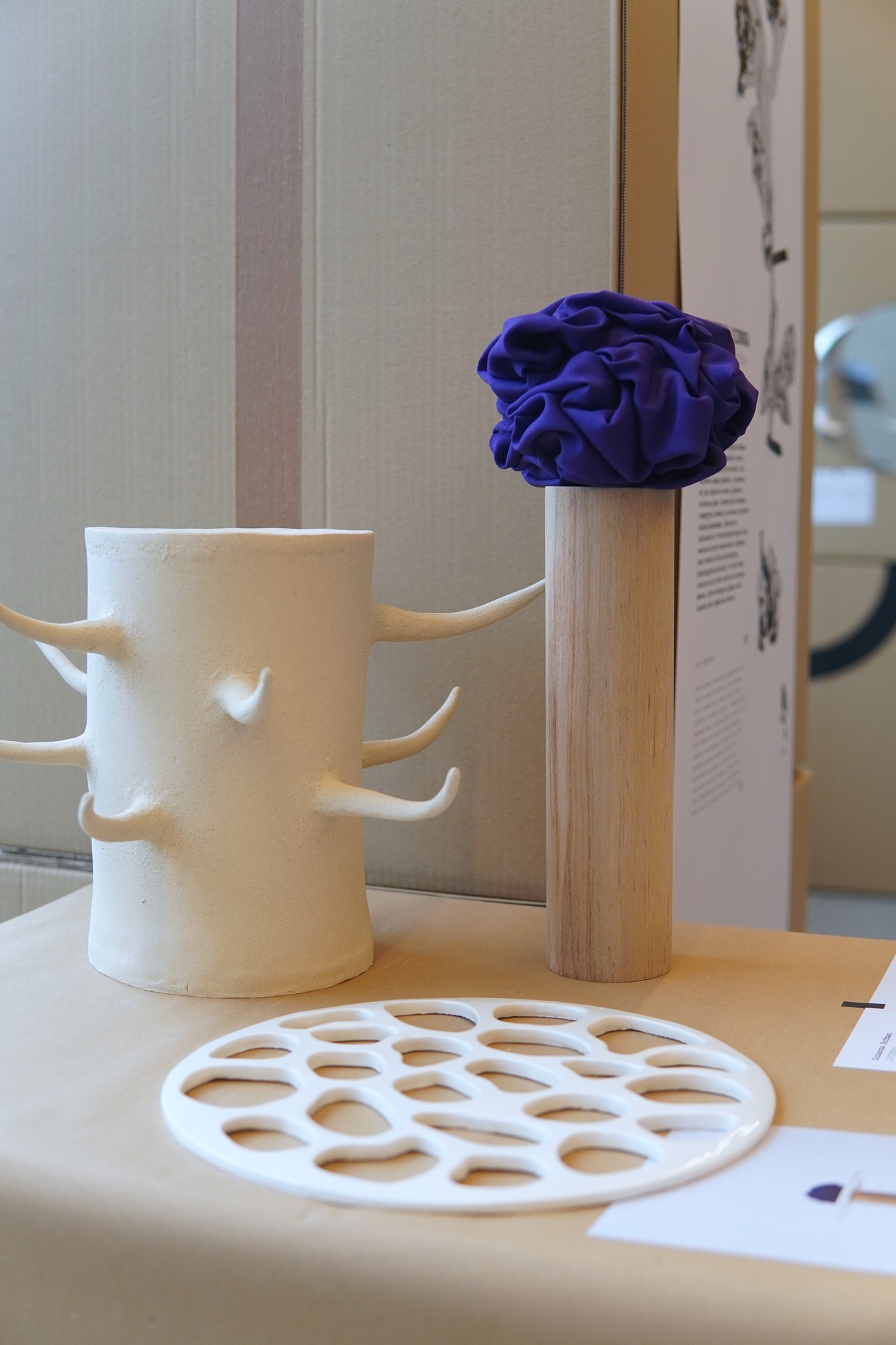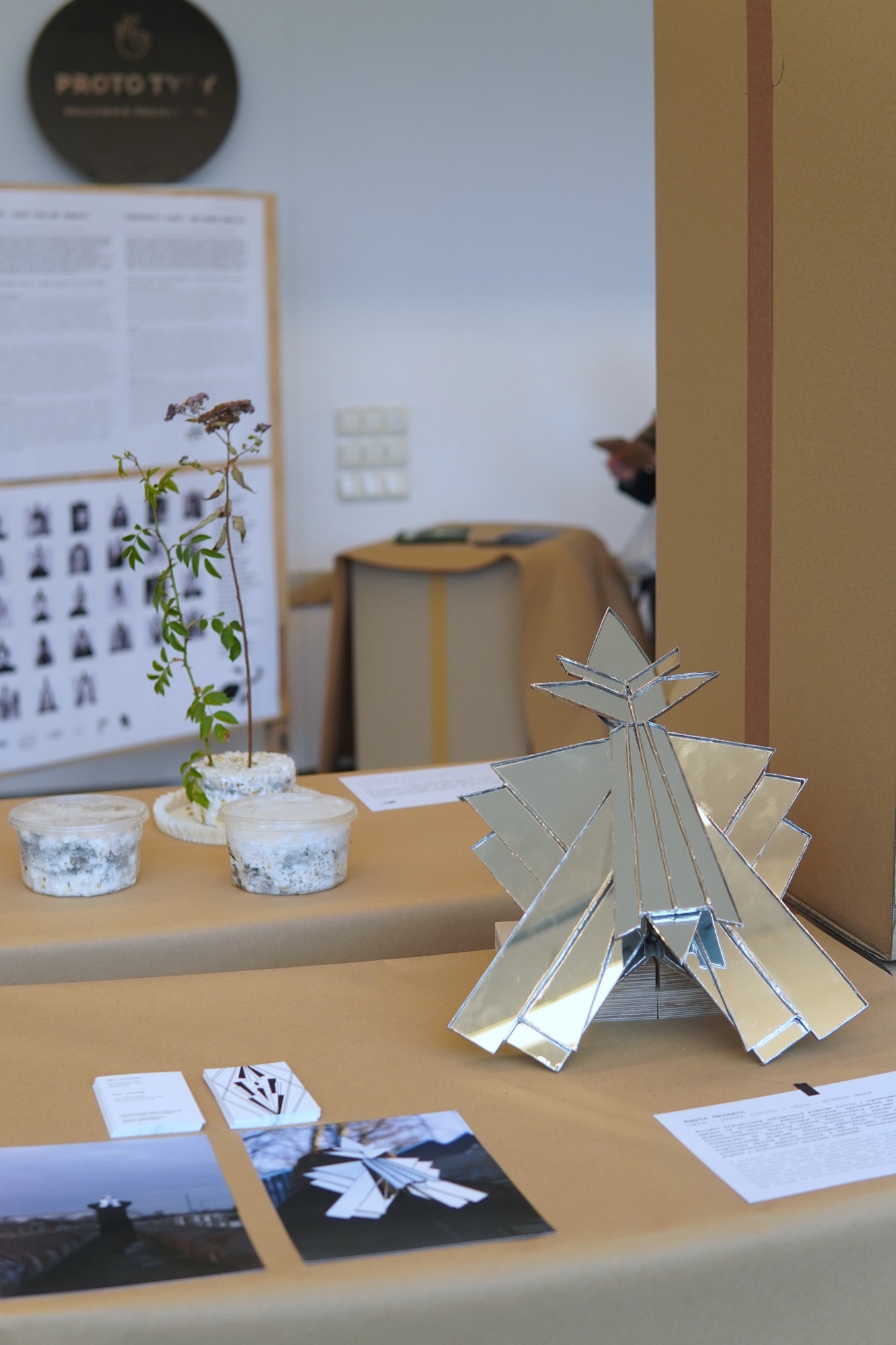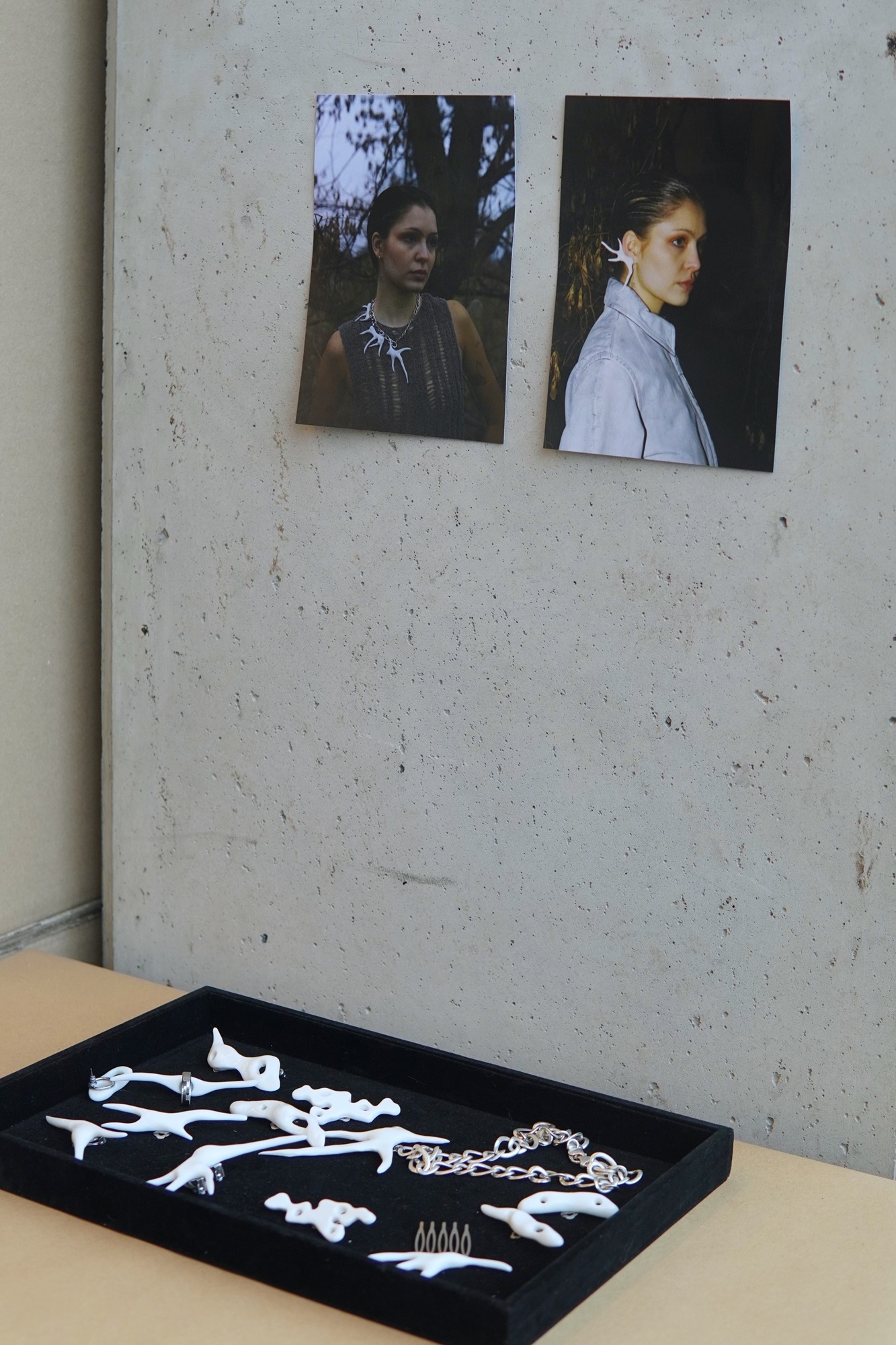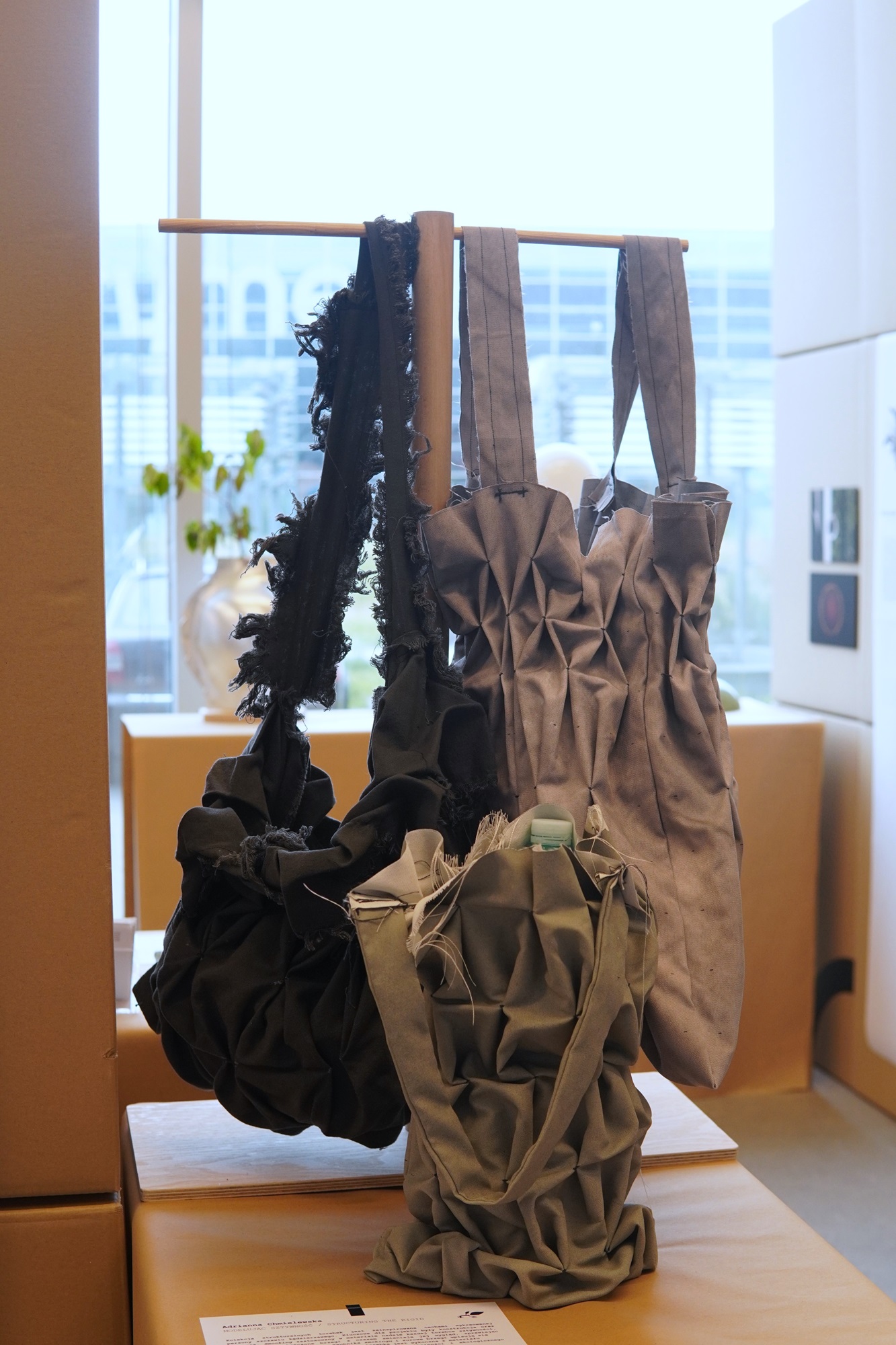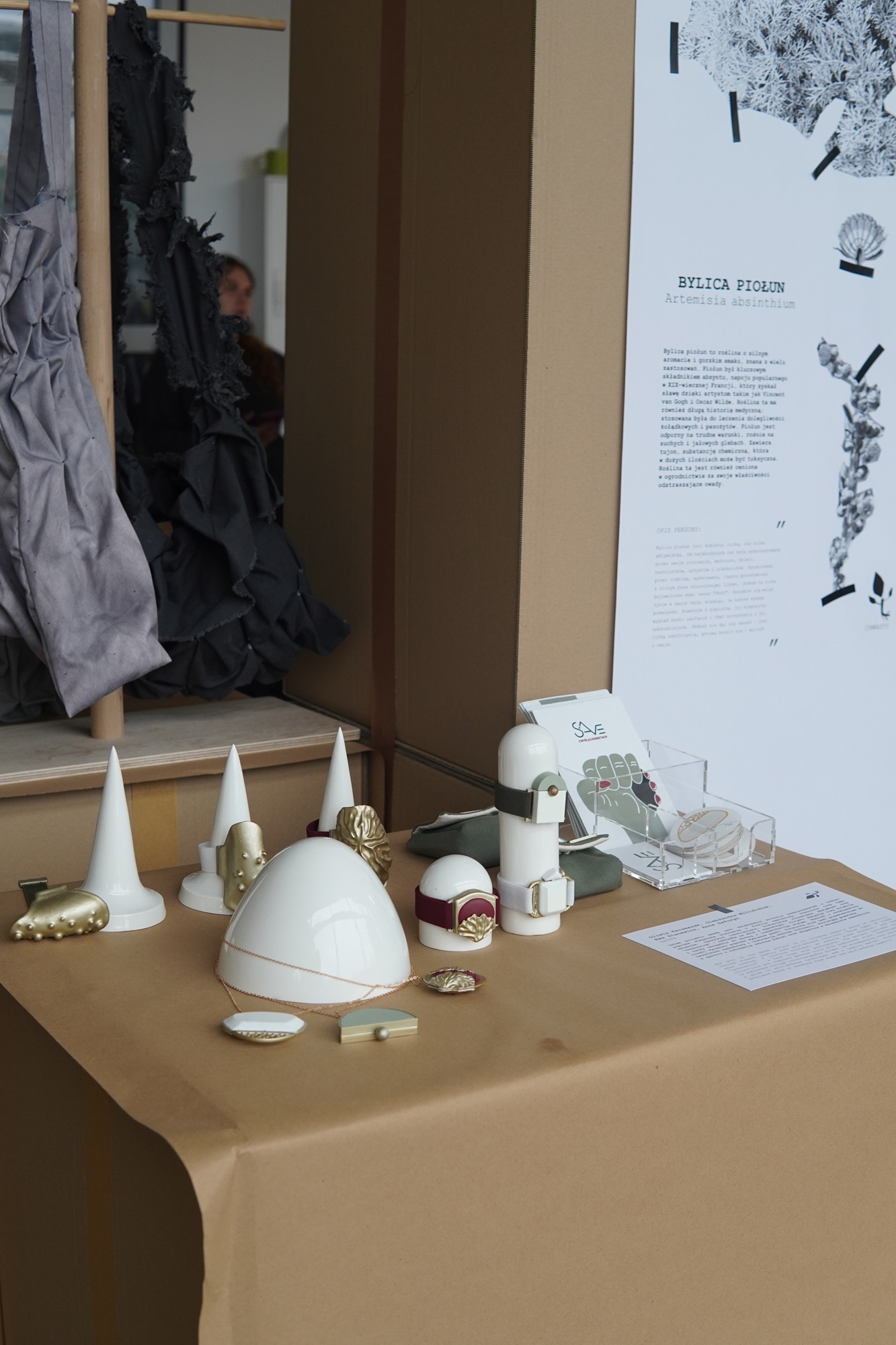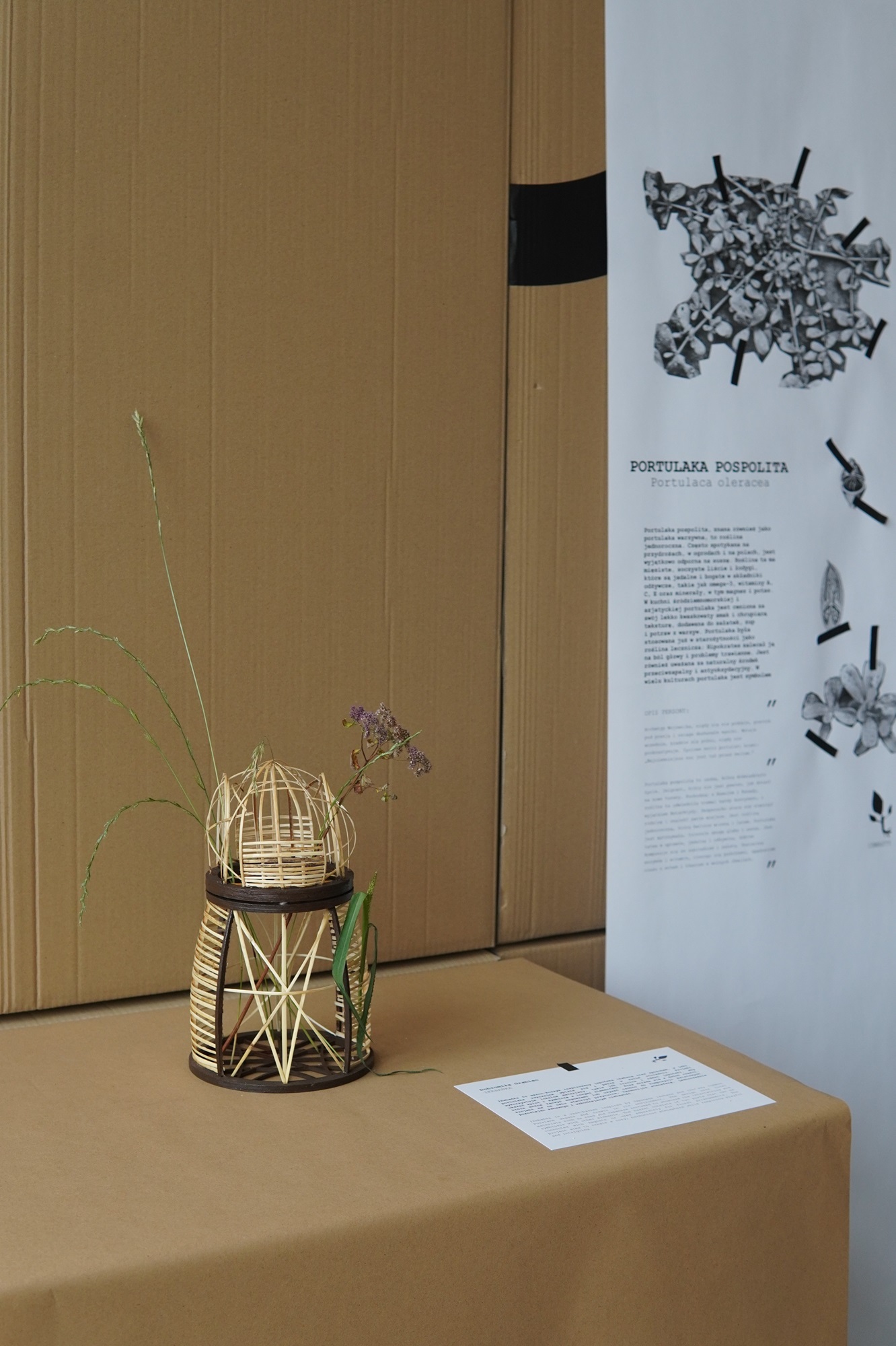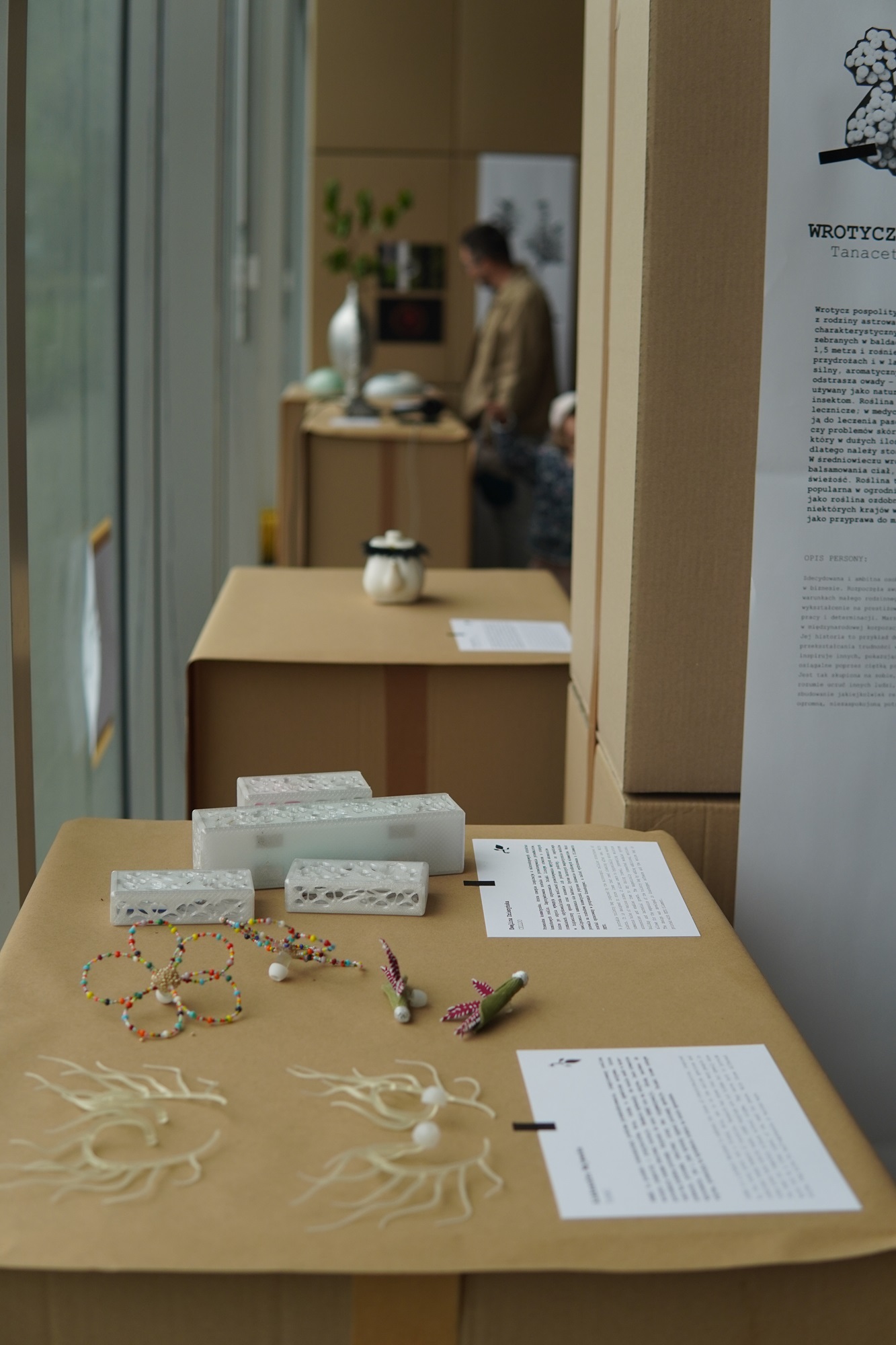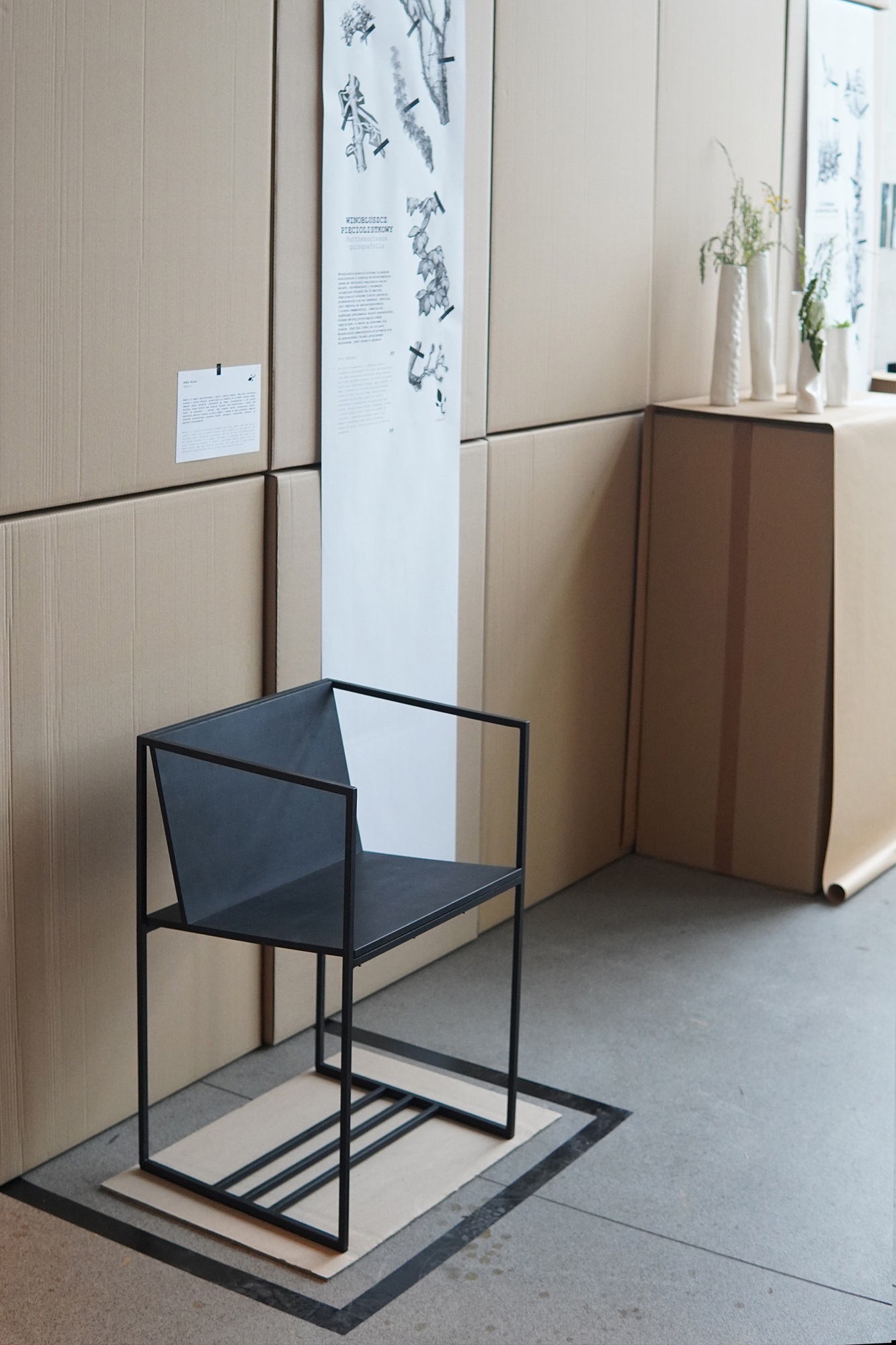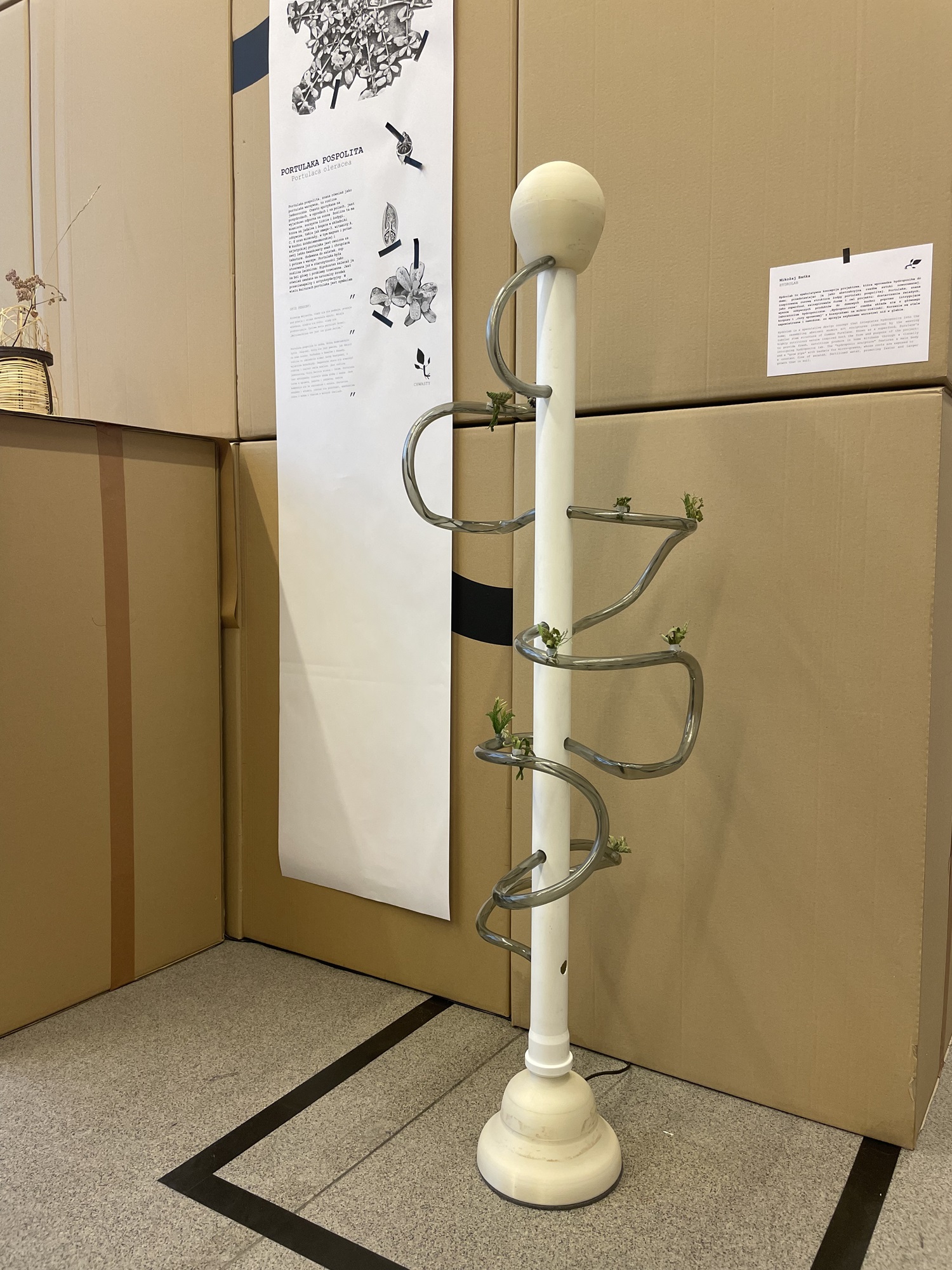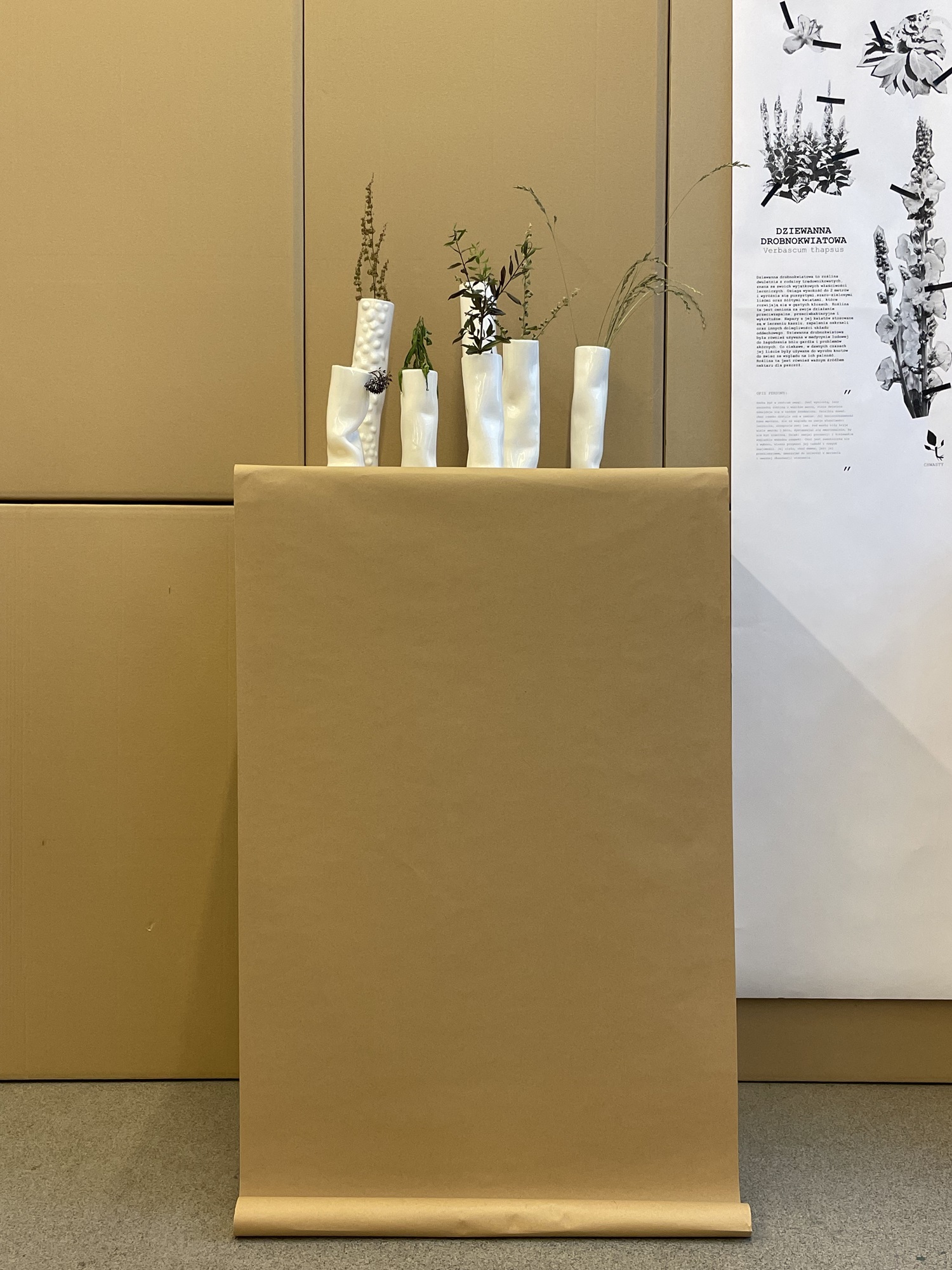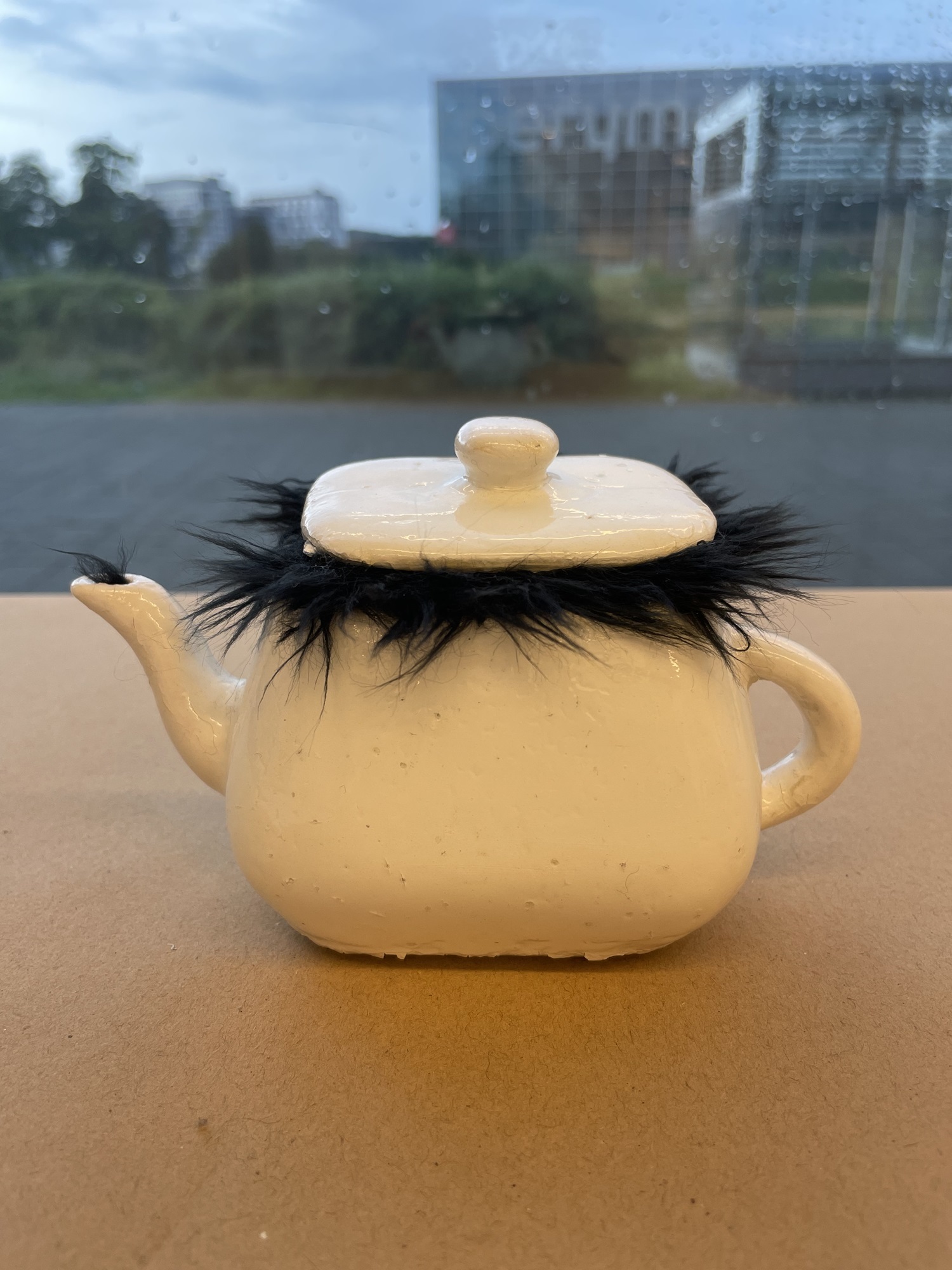Published: 4 September 2024
Synanthropic plants. What do weeds teach us?
Author: Magdalena Szczuka
Events and exhibitions
MONIKA-ROSINSKA-EN
ALEKSANDRA-ANDRZEJEWSKA-EN
MEGI-MALINOWSKA-EN
Synantropy
At this year’s Gdynia Design Days 2024 festival, the exhibition “Synanthropic plants. What do weeds teach us?” showcased works by students from the School of Form. As part of the project, participants created imaginative biographies of weeds, highlighting their unique traits, needs, dreams, and their relationship with the environment around them.
Where
Gdynia 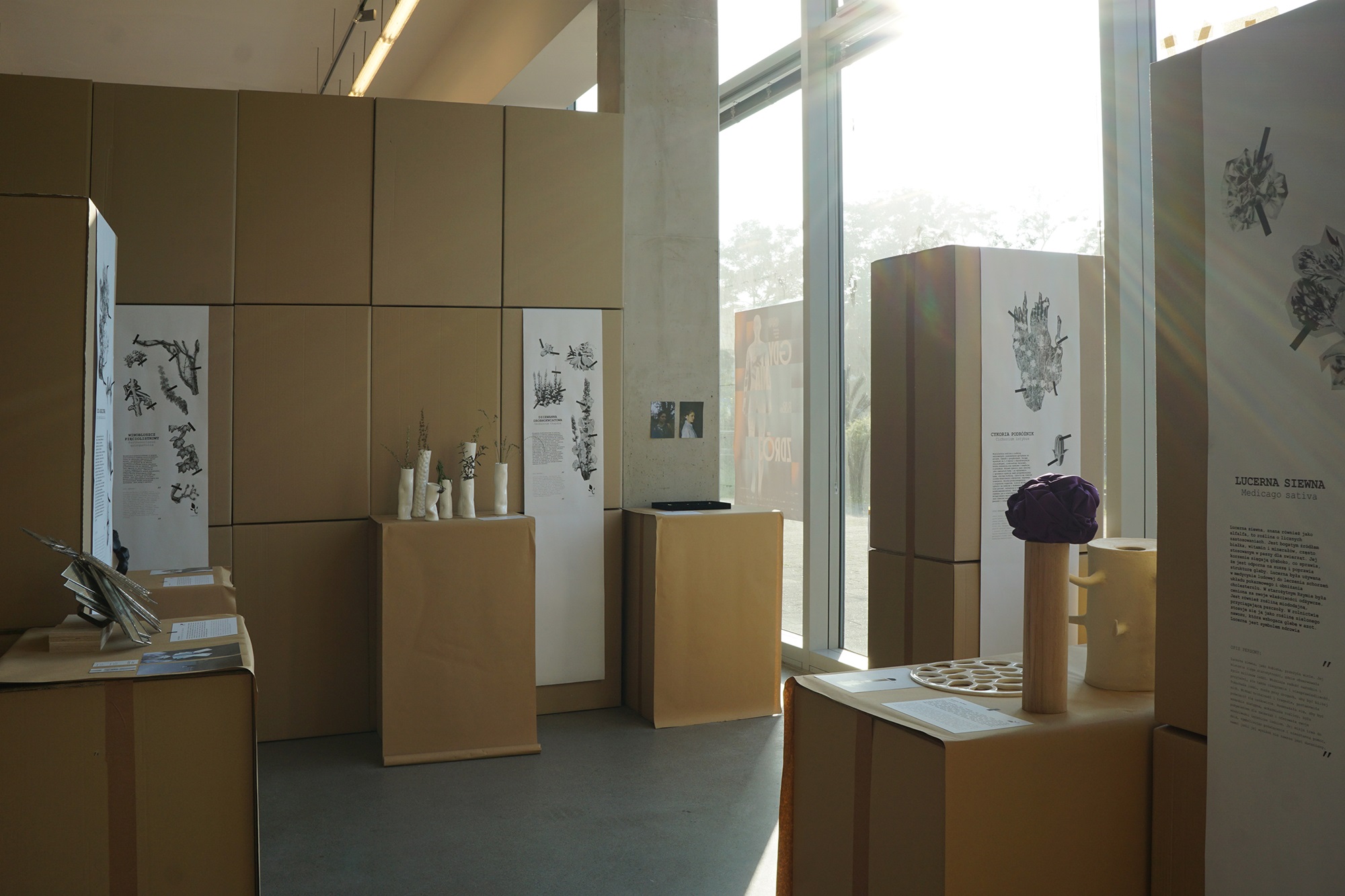
What Do Weeds Teach Us?
The exhibition “Synanthropic plants. What do weeds teach us?” presents a collection of work by students from the School of Form at SWPS University. The project began with research into synanthropic plants — species that thrive in close proximity to humans — as a way of exploring the complex relationships between humans and plants. The exhibition features key synanthropic species such as evening primrose, common mullein, stinging nettle, tansy, curly dock, black locust, chicory, purslane, Virginia creeper, wormwood, and alfalfa.The exhibition “Synanthropic plants. What do weeds teach us?” consists of three key aspects — interdisciplinary collaboration, research, and synanthropic plants.
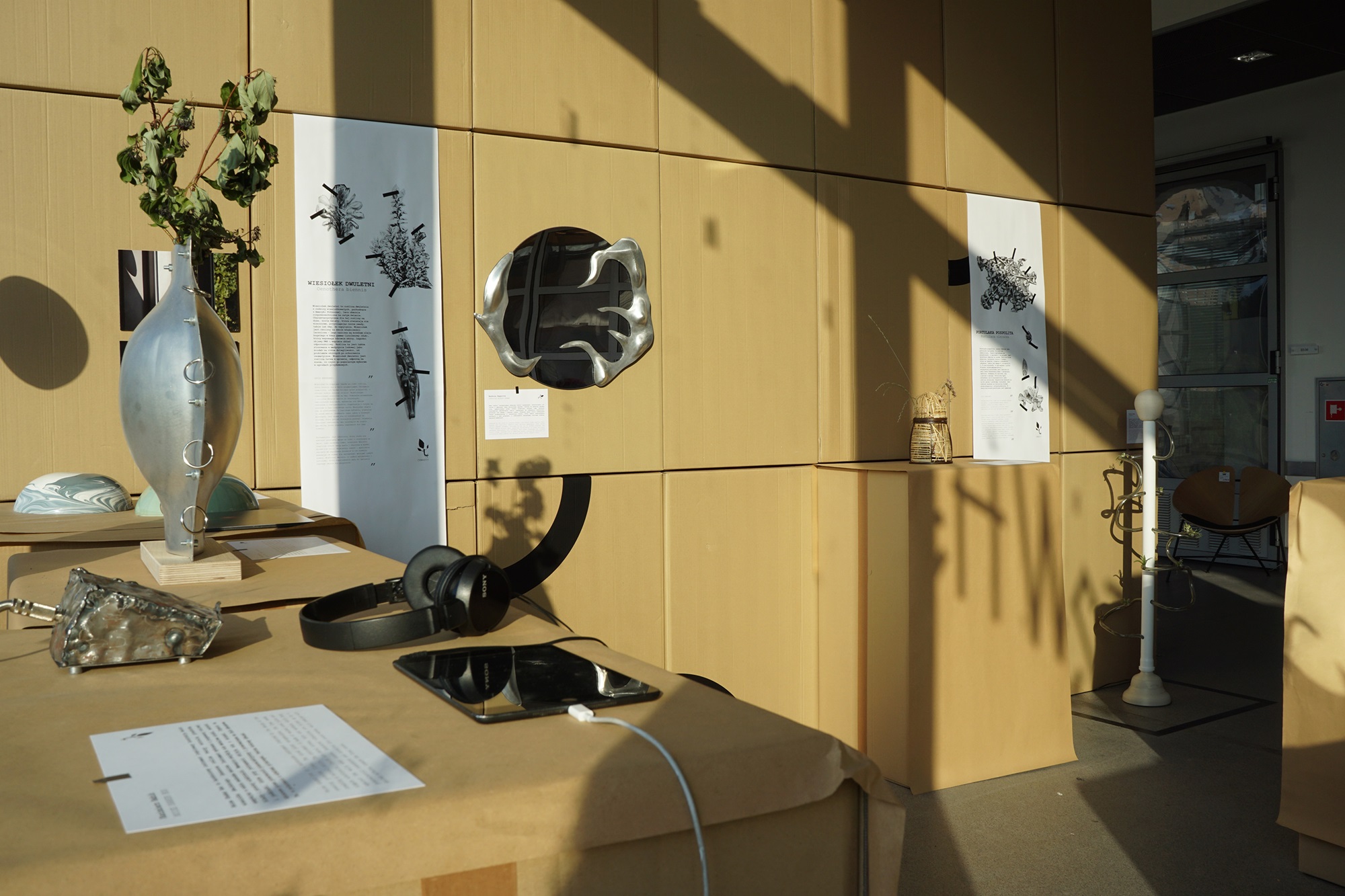
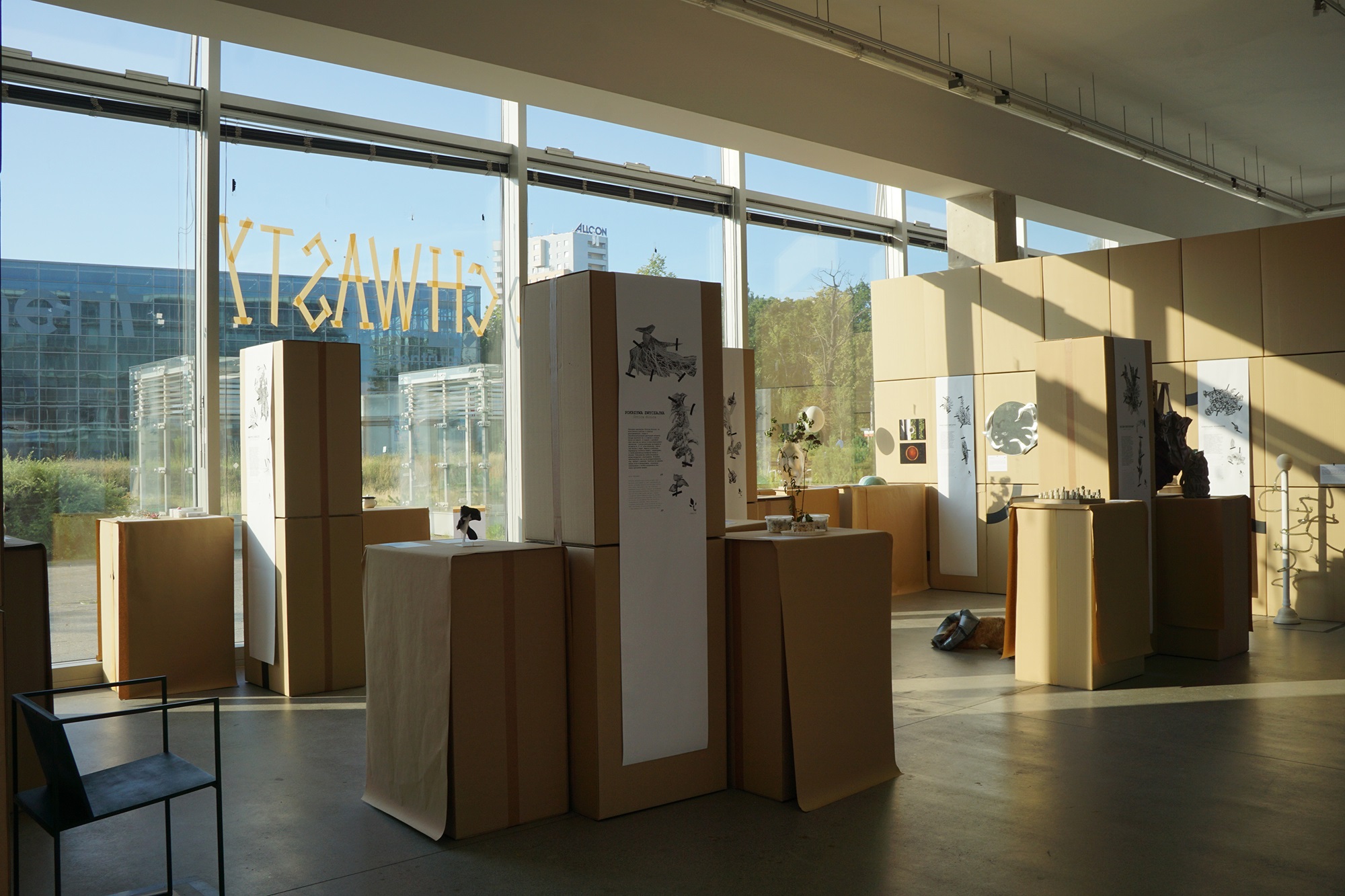
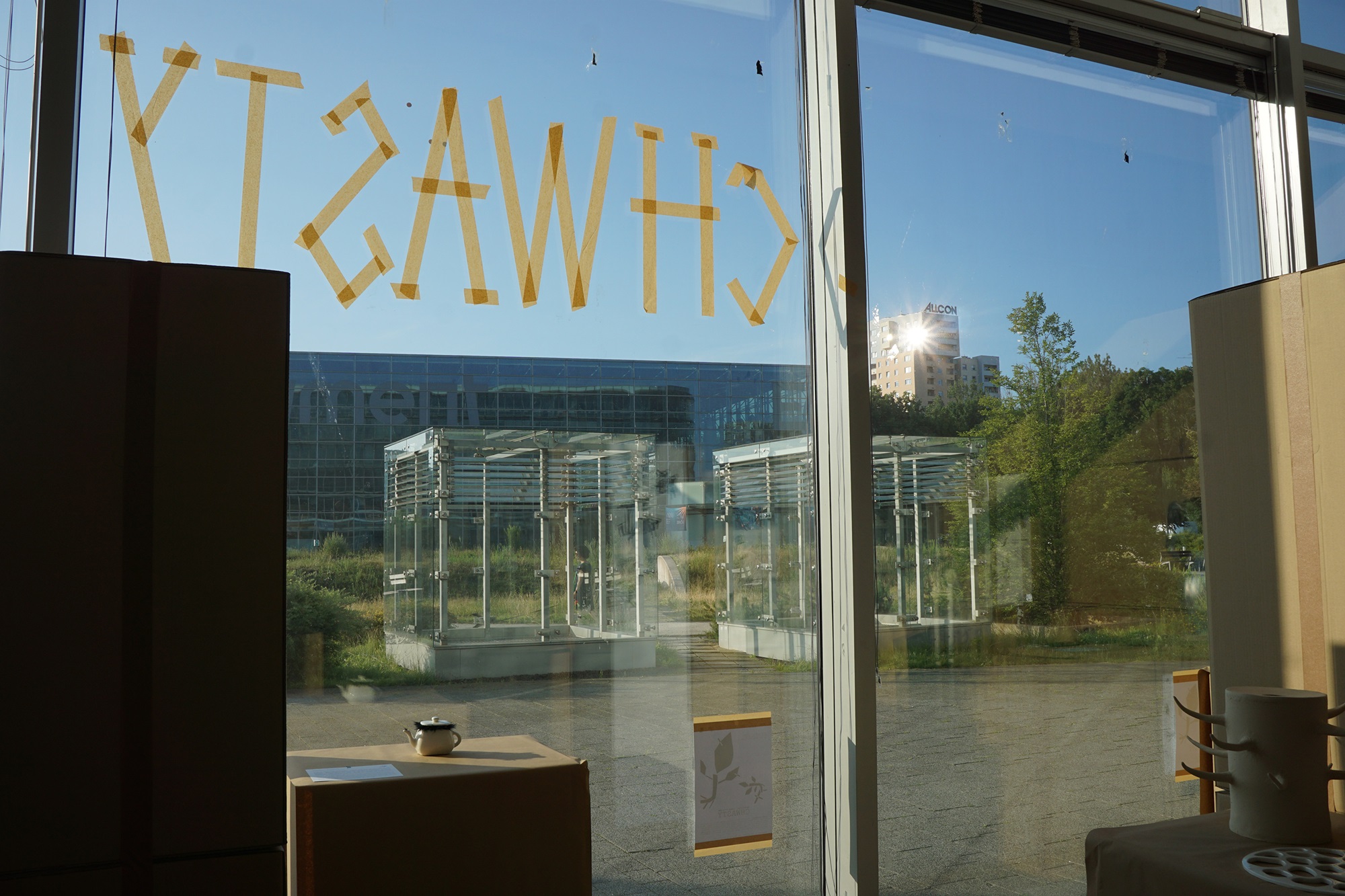
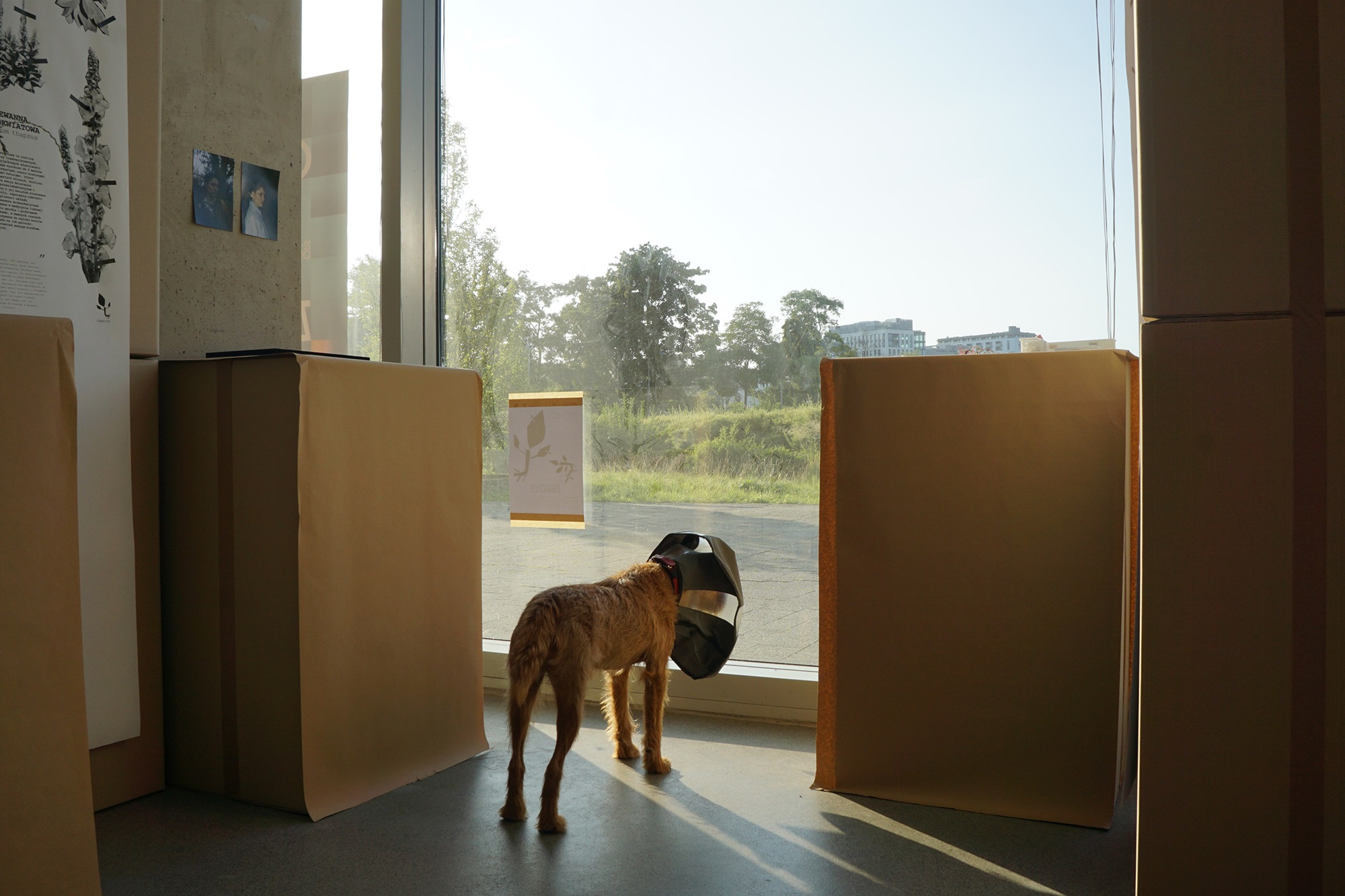

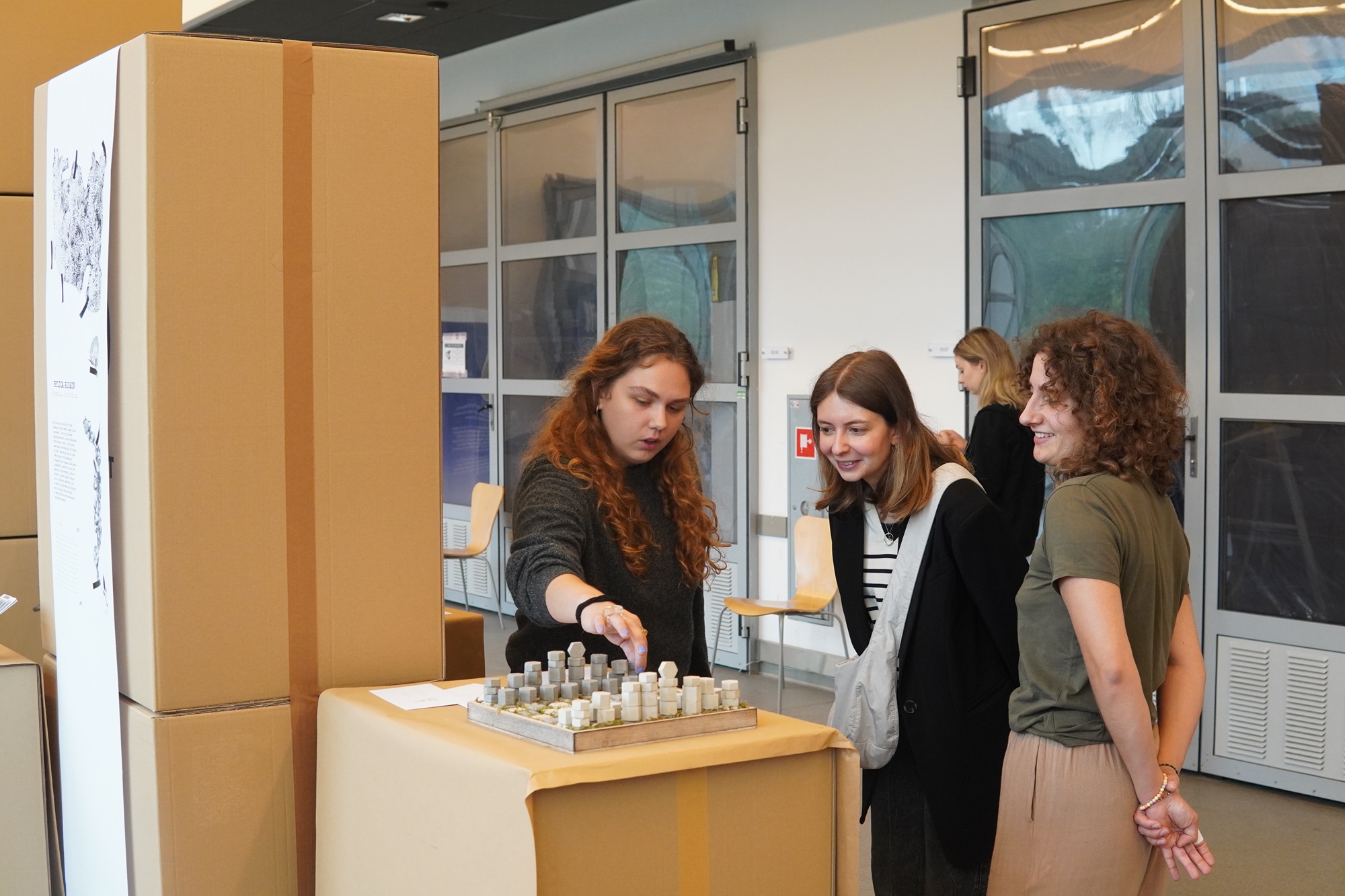
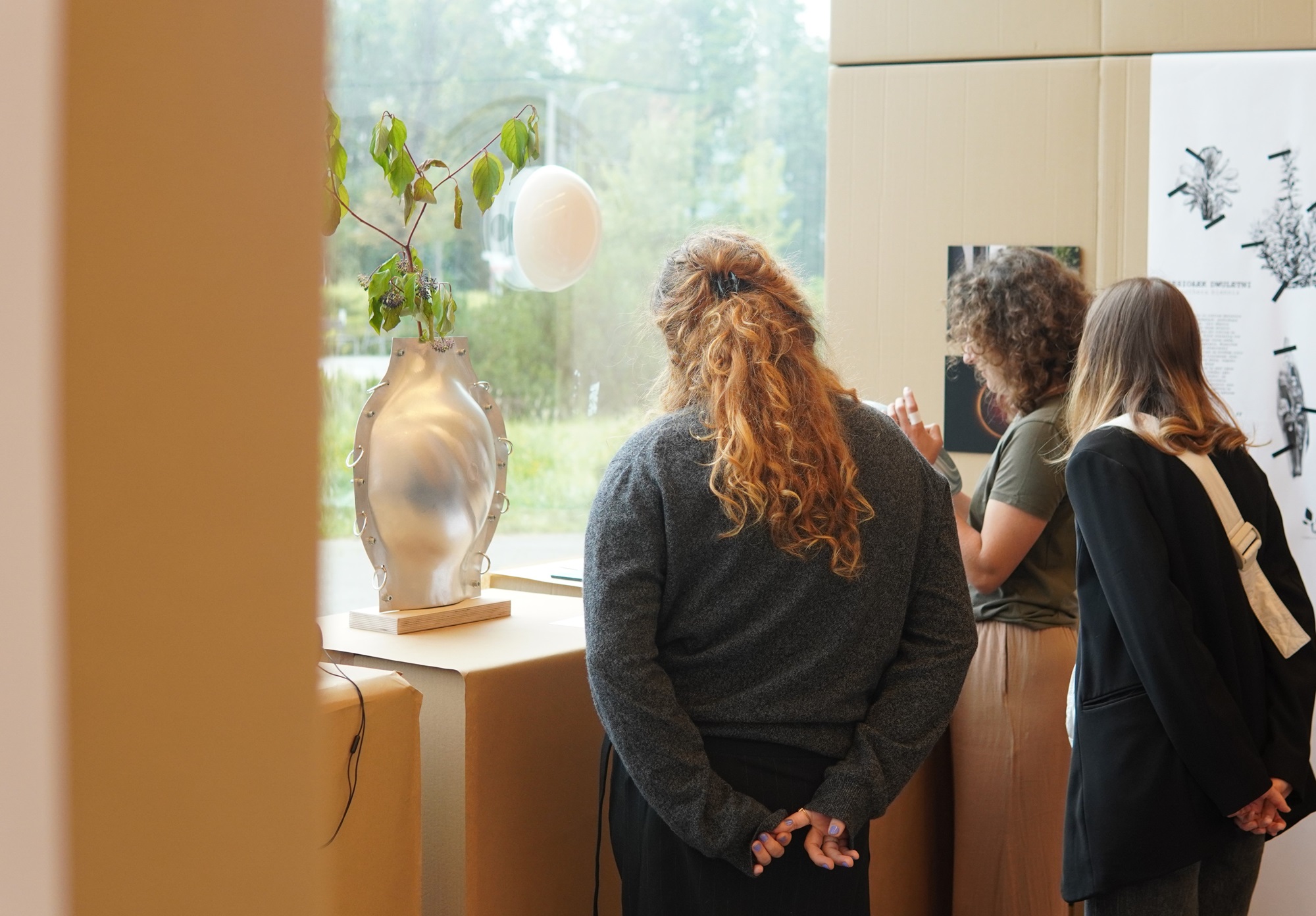
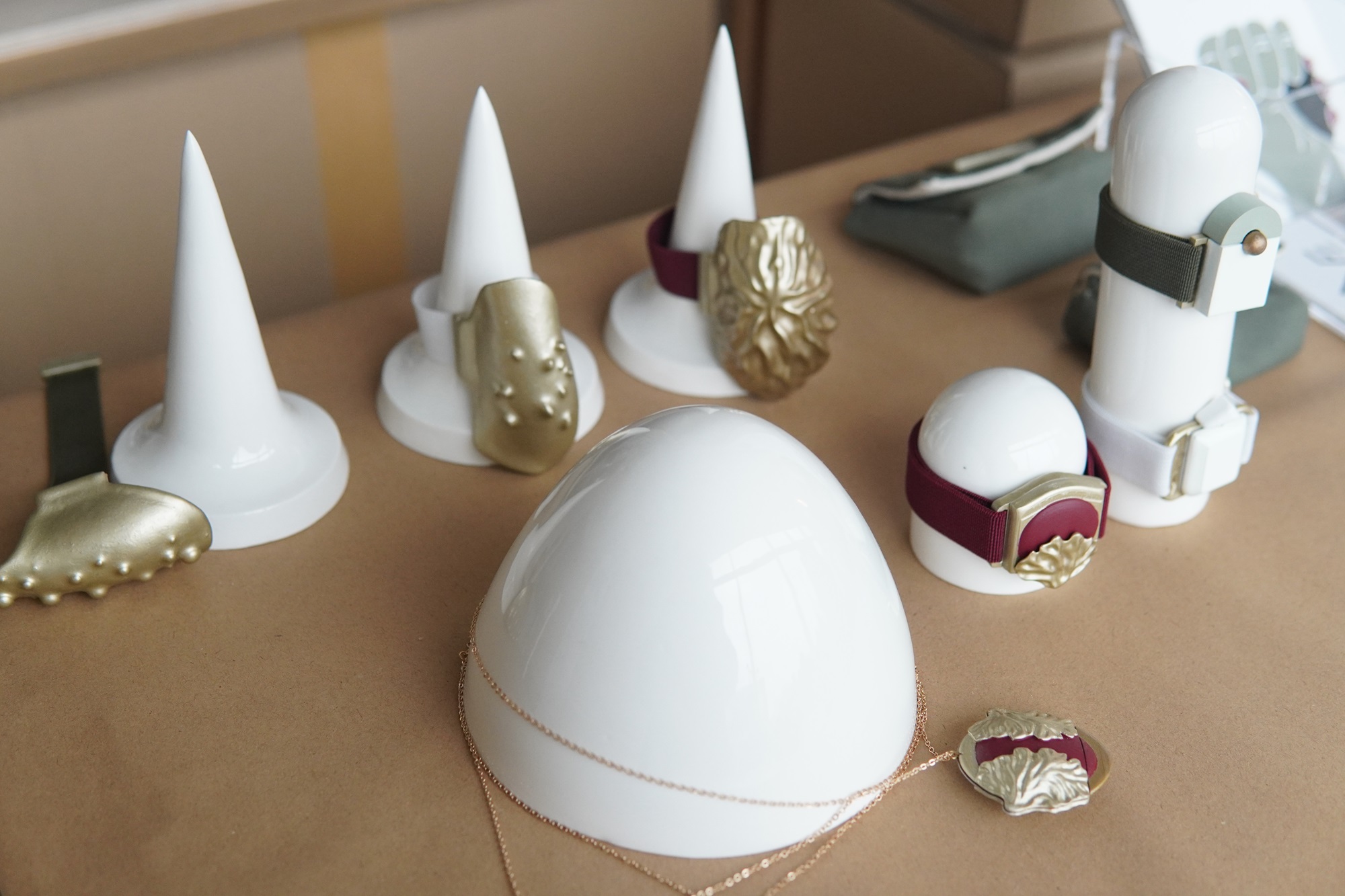
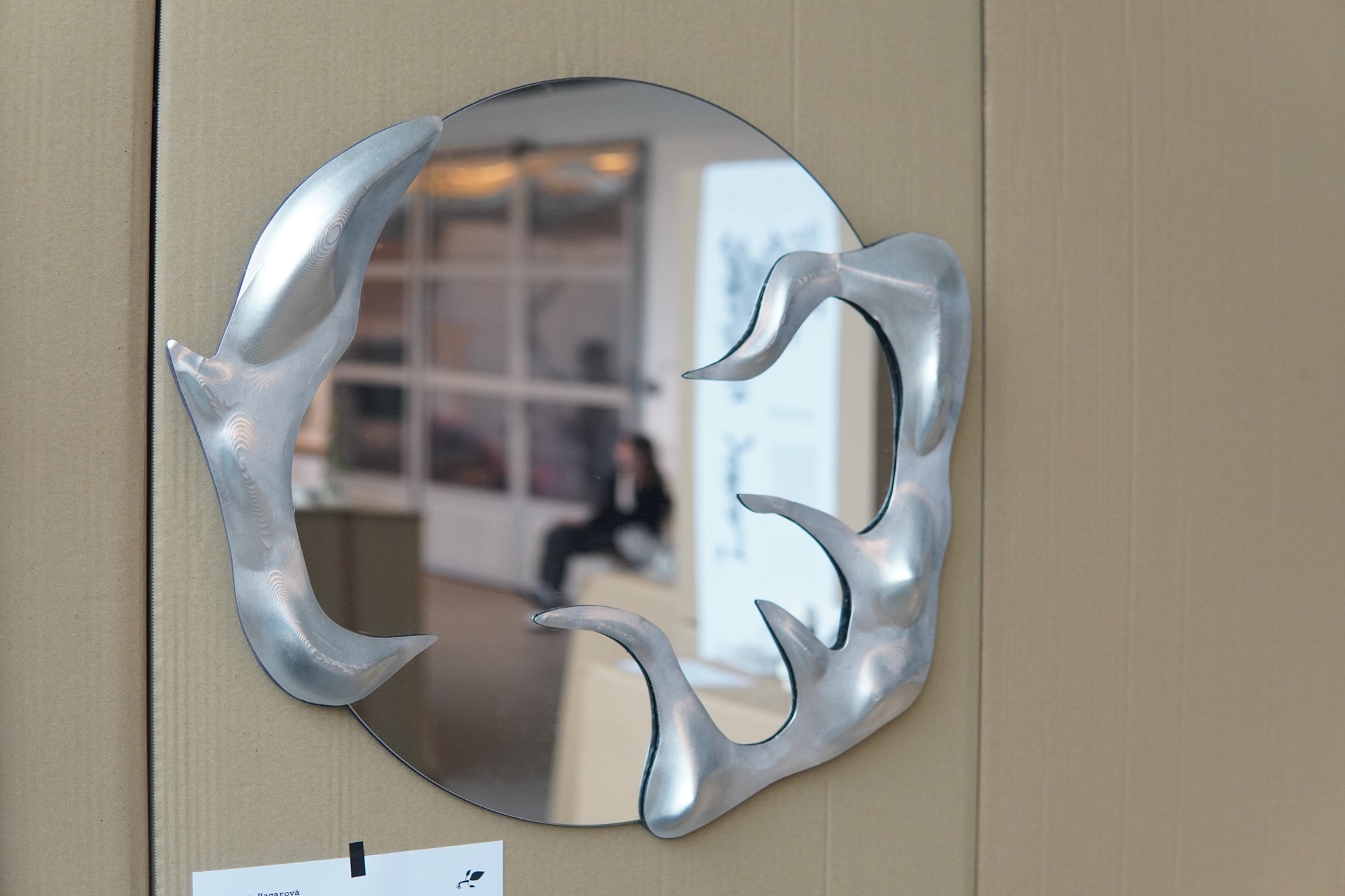
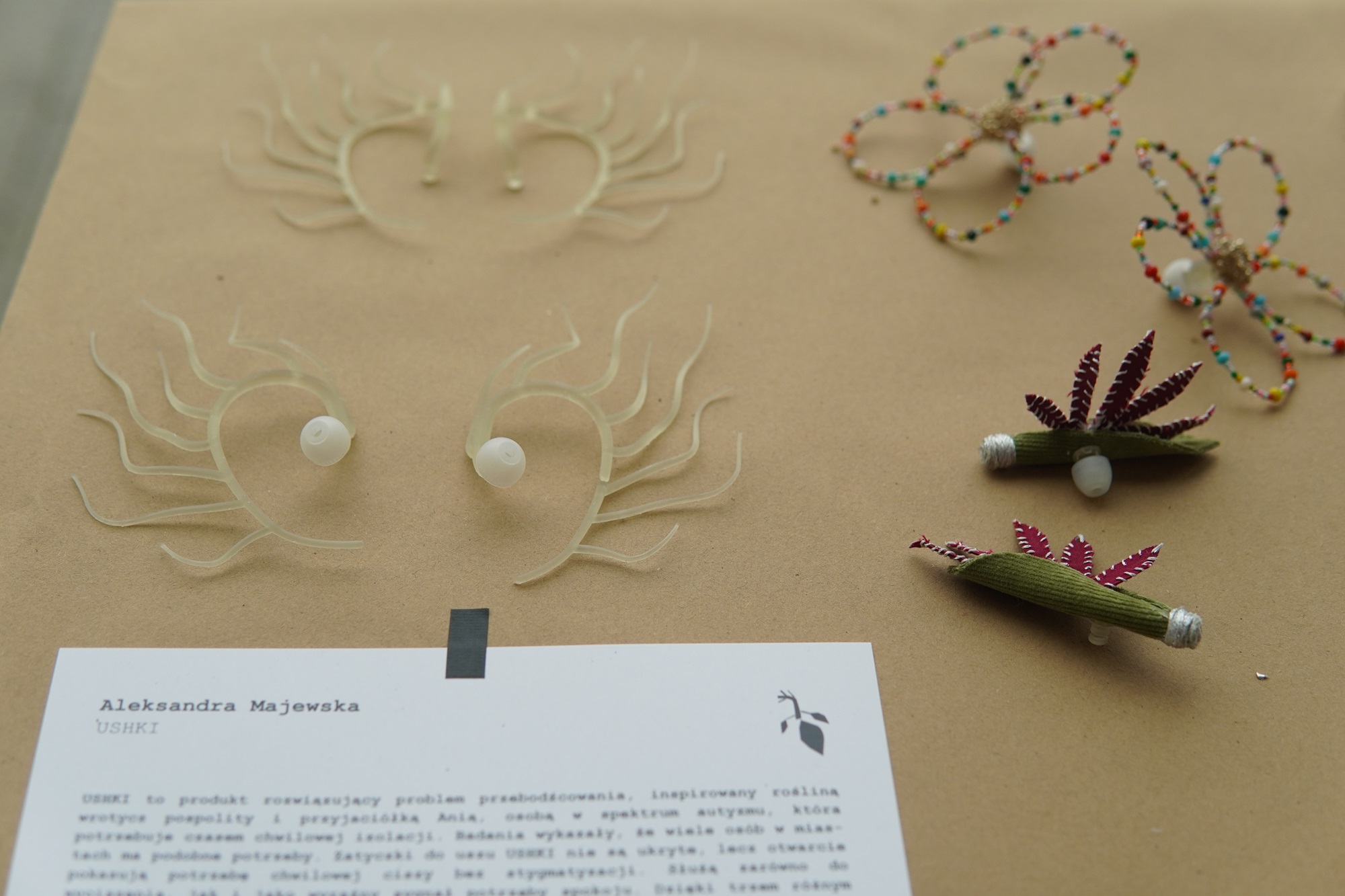
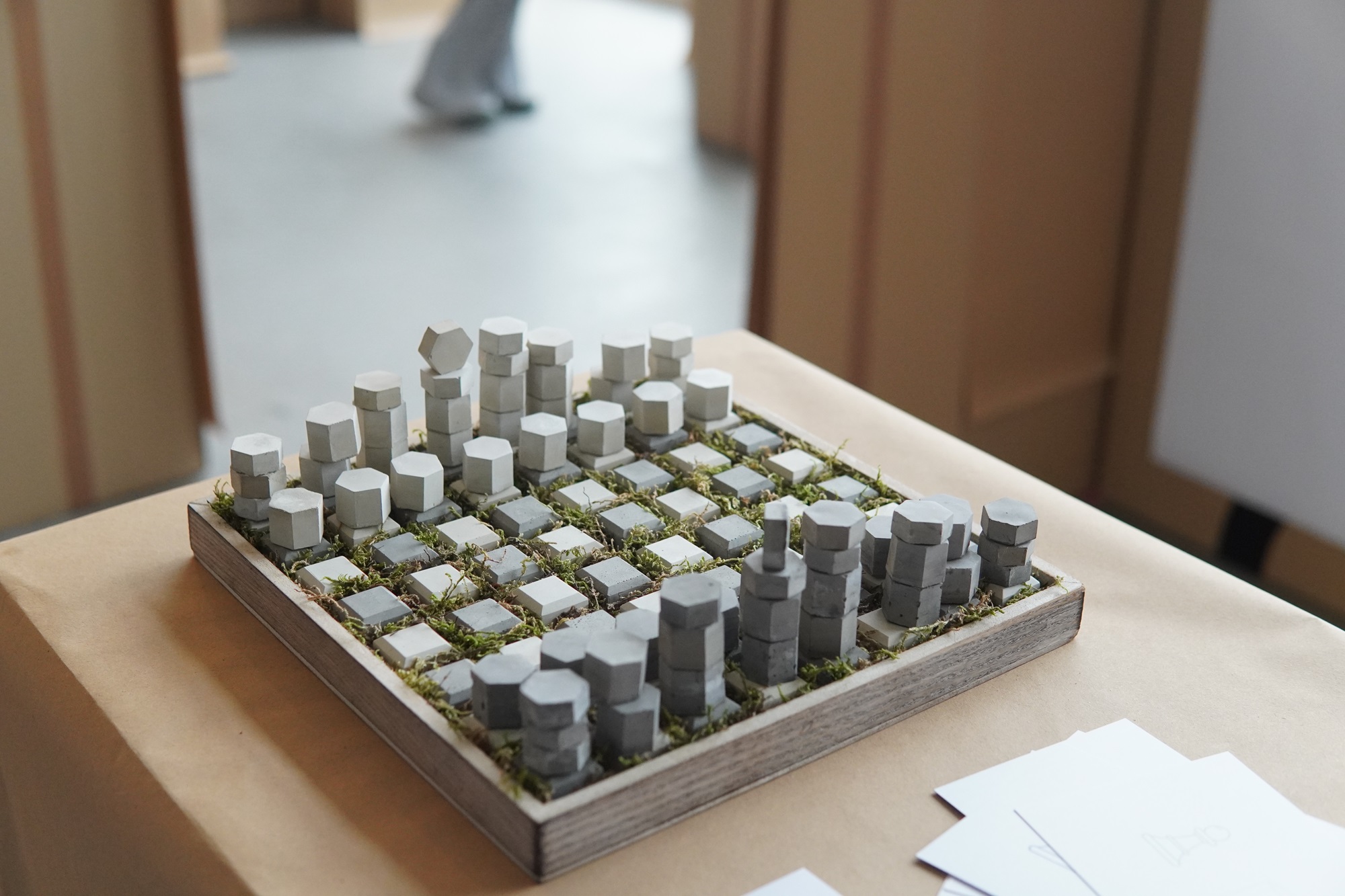
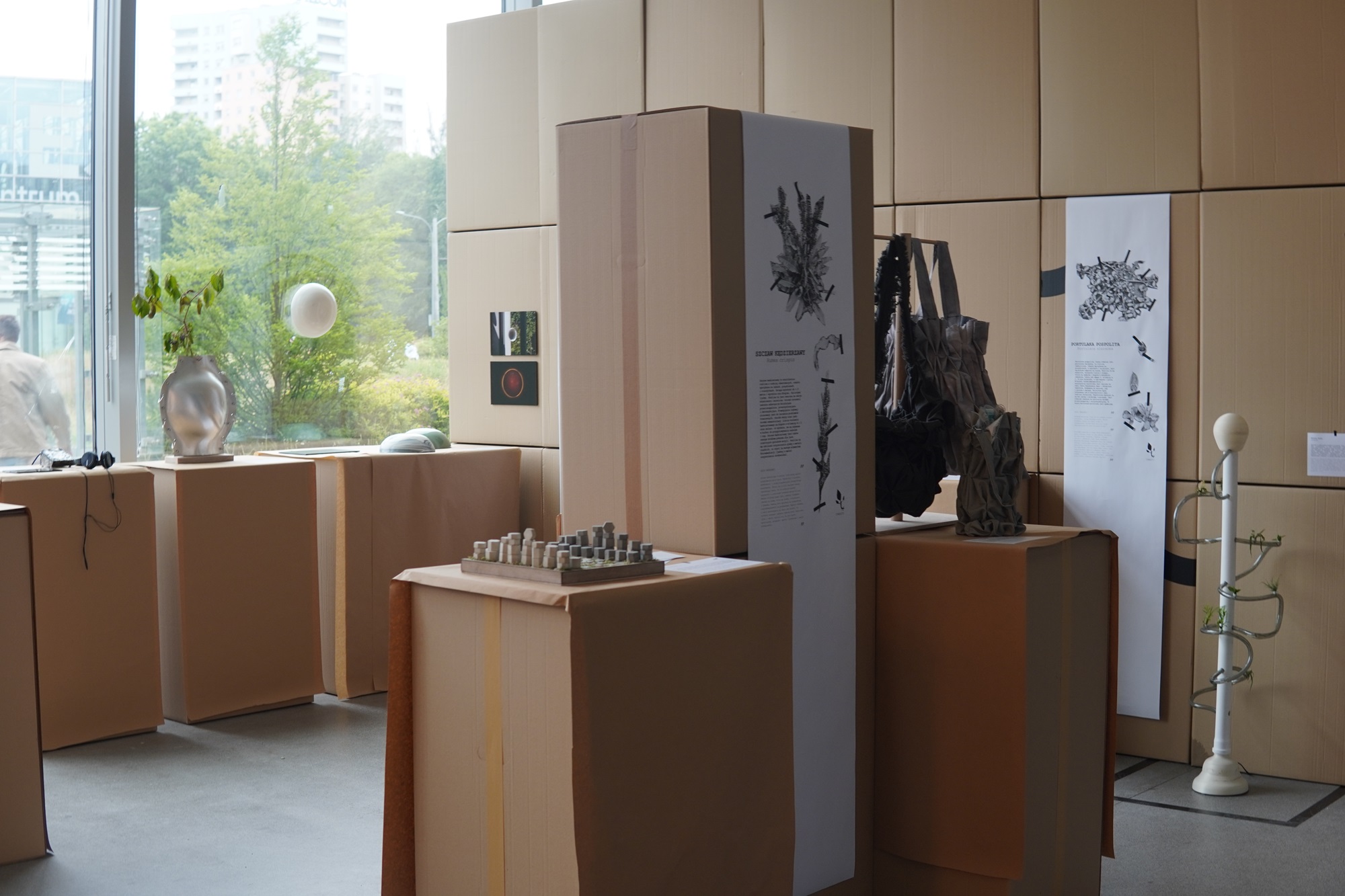
Interdisciplinary Collaboration
Since its founding, the School of Form has emphasized collaborative thinking — working in teams and engaging with the social, business, and expert communities across various fields. This type of collaboration often challenges traditional perceptions of the designer’s role. The idea of sole authorship fades, and individual control over the design process and its outcomes becomes less defined. Participants experience the dual nature of collaboration, where moments of satisfaction are mixed with periods of frustration. Interdisciplinary courses simulate real-world professional life, where navigating complex relationships, multiple stakeholders, and ever-changing variables is essential, along with the ability to identify core problems within the often-chaotic processes of research and design.Research
In today’s world, thorough research is one of the most essential tools for a designer. Interdisciplinary research not only inspires but also helps to understand the complexity and interconnected nature of design challenges. Students conducted several weeks of fieldwork on weeds, documenting their daily lives and behaviors in their natural environments through drawings, photography, and video.Alongside this research, they developed speculative narratives: What does the evening primrose enjoy, and what does the black locust avoid? What kind of story could a curled dock tell about its life? What kinds of relationships do weeds form in the unique microcosm of semi-wild, ruderal urban spaces? What traumas and dreams shape their identities? Inspired by "tentacular thinking" — a flexible, open, multi-perspective approach — students created plant personas, blending empirical data with imaginative interpretations.
Synanthropic Plants
Weeds represent otherness, difference, and unfamiliarity, but they also symbolize diversity, assimilation, and resilience. In today's world, we often look for simple, clear-cut solutions — binary, black and white, "either/or". Good or bad. Victim or perpetrator. Rational or emotional. Left or right. This kind of thinking drives polarization, blurring the nuance and complexity of all relationships. It also makes it harder for us to deal with difference, whether it is race, nationality, personality, or even species. Weeds remind us of the complexity of these dynamics. They often clash with their surroundings, competing for resources and space, but they also support biodiversity and have valuable medicinal properties. They teach us that living in a diverse world means accepting contradictions and learning to navigate conflict, rather than always seeking simple answers.